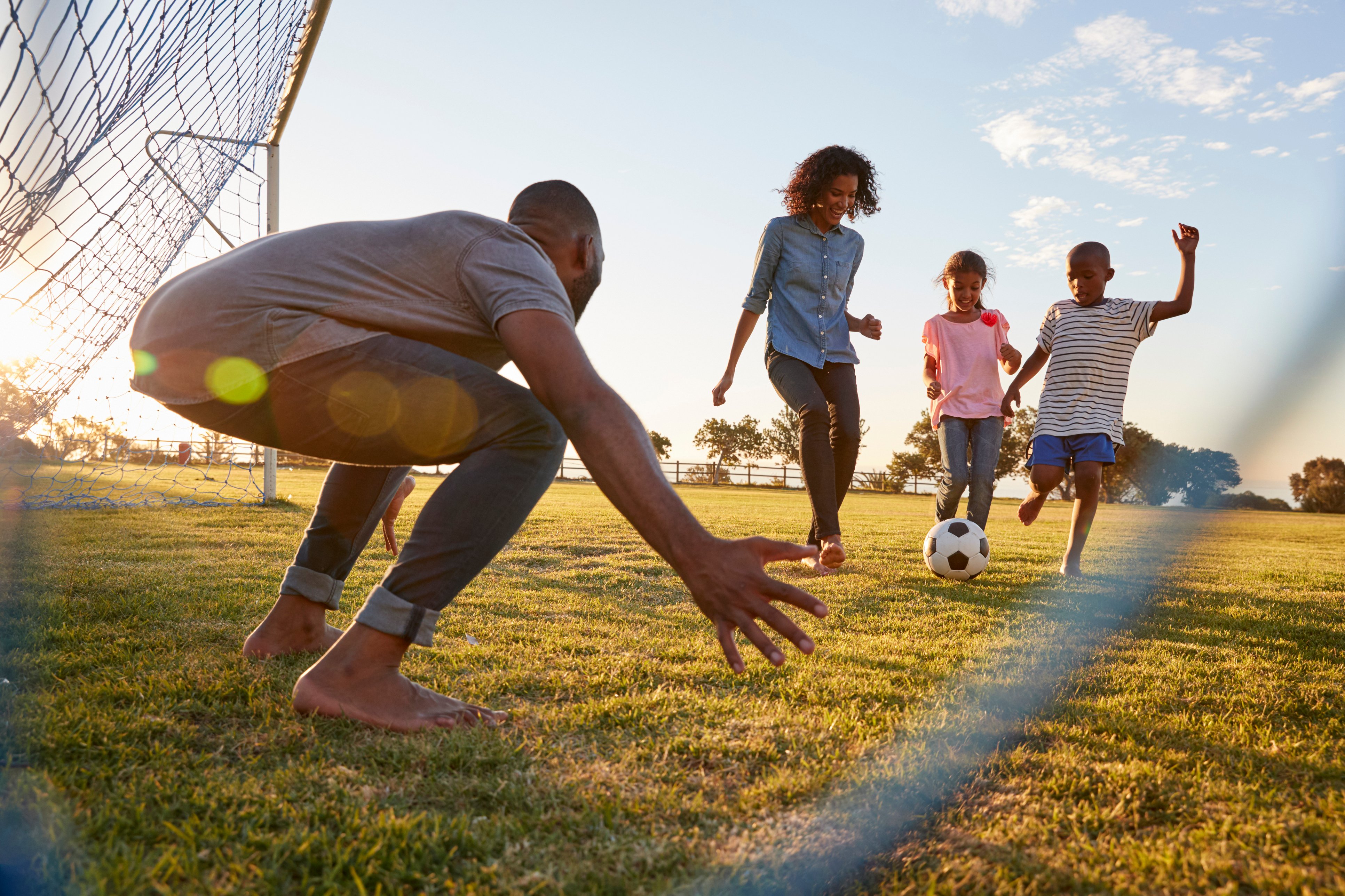Physiotherapy is used to treat the effects of JIA, such as pain, weakness, limited range of motion, or reduced physical ability. Physiotherapy should play an important role in the treatment plan.
What is the purpose of physiotherapy?
When your child participates in routine exercises, they will:
- have less joint tightness
- develop stronger muscles
- improve their fitness level.
What does a physiotherapist do?
Physiotherapists can provide helpful strategies to manage JIA. A physiotherapist will:
- assess and monitor JIA
- show you and your child how to improve your child's physical abilities and fitness levels
- help to decrease pain and stiffness
- improve your child's flexibility and movement
- provide you with information about JIA.
Types of physiotherapy
A physiotherapist will usually provide a set of specific exercises to help manage your child's pain. These may involve the use of equipment such as weights, therapy balls or a treadmill.
Physiotherapy may also involve helping your child to select or make adaptations to sports and other physical activities. This will help to improve their level of fitness and their ability to perform different activities.
Other examples of physical therapies include heat, ice and transcutaneous electrical nerve stimulation (TENS).
Transcutaneous electrical nerve stimulation (TENS)
TENS machines are often used as a treatment by physical therapists. It is a non-invasive treatment that is used to reduce pain. TENS is thought to reduce pain by interrupting the pain signals going to the brain. TENS may also help to release endorphins, a chemical that is otherwise known as the body’s natural painkiller. TENS may help your child to participate more fully in everyday activities.
TENS is a small battery-powered device that is attached to wires and electrodes. The electrodes are placed on the skin, usually on either side of the area where the pain is located. An electrical signal is sent through the electrodes, and into specific nerves. This is not painful. Your child may feel tingling when they use it. TENS can be used to treat acute and chronic pain. It may be used in combination with pain-relieving medications.
Pain relief may be short term, lasting from minutes to hours. With prolonged use, pain relief from TENS may last much longer.

